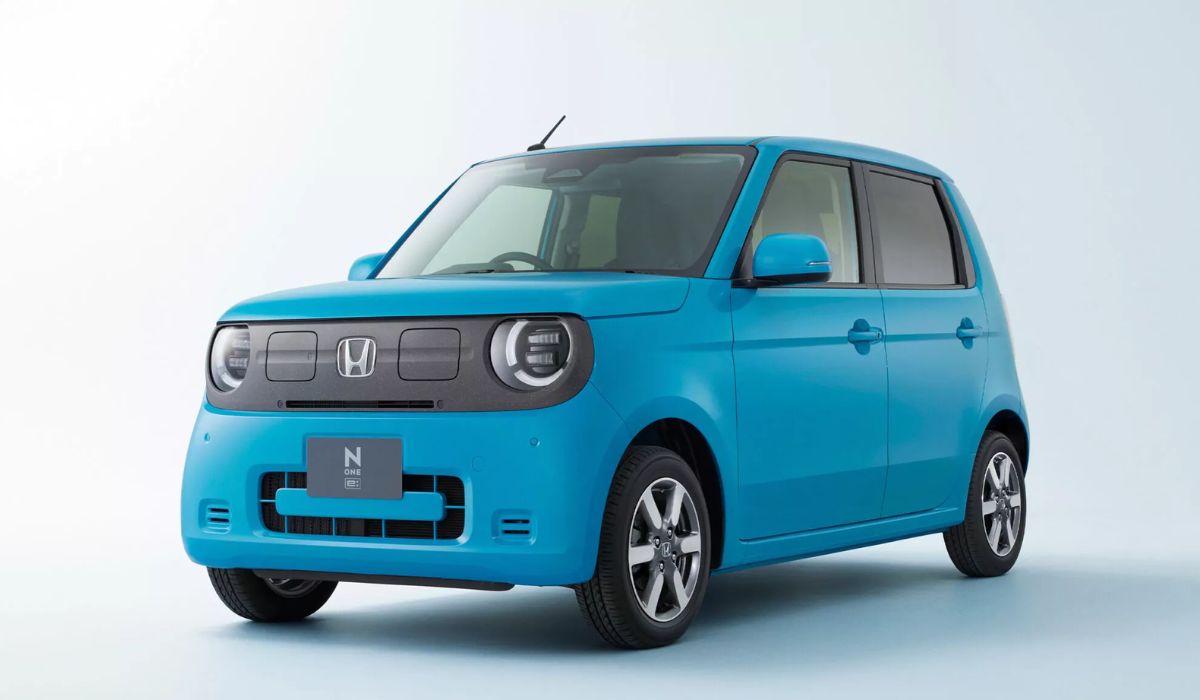Quick Highlights:
- Powered by a 63 hp electric motor with up to 245 km of driving range
- Includes V2L technology that can run home appliances or charge gadgets
- Compact kei car dimensions stay under 3.4 meters in length
- Goes on sale in Japan this September, with a possible debut in Europe
Honda has officially revealed the production version of the N-One e: a pint-sized electric car designed to fit tight city spaces and power a few gadgets while it’s at it. This compact EV may be one of the smallest cars Honda has ever built, similar in footprint to hatchbacks like the Hyundai i10, Kia Picanto, or the now-discontinued Volkswagen up! but it’s loaded with practical tech that adds real value beyond the daily commute.

If you live in the city, deal with tight parking or just want a no-fuss EV that’s easy to live with, Honda may have just made this one for you.
Quick Specs: Honda N-One e:
| Spec | Detail |
| Estimated Price (Japan) | Around ¥3 million (≈ $20,000 USD) |
| Power Output | 63 hp electric motor |
| Driving Range | Up to 245 km (Japan WLTC) |
| Battery Capacity | Estimated ~30 kWh (official TBD) |
| Vehicle Length | Under 3.4 meters (Kei car legal size) |
| Drive Layout | Front-Wheel Drive (FWD) |
| V2L Capability | (Yes) Can power home devices |
| Top Speed | Estimated 100–120 km/h |
| Launch (Japan) | September 2025 |
| Global Possibility | Europe under review |
Designed for the City, Ready for Emergencies
At just under 3.4 meters long, the N-One e: meets Japan’s kei car regulations while still offering solid day-to-day usability. It is powered by a single electric motor producing 63 horsepower, which is the legal maximum for its category, and shares much of its EV hardware with the Honda N-Van e:. That includes a compact battery delivering between 245 and 270 kilometers of range on a full charge. While DC fast charging is capped at 50 kW, the small battery means it can be topped up in around 30 minutes.
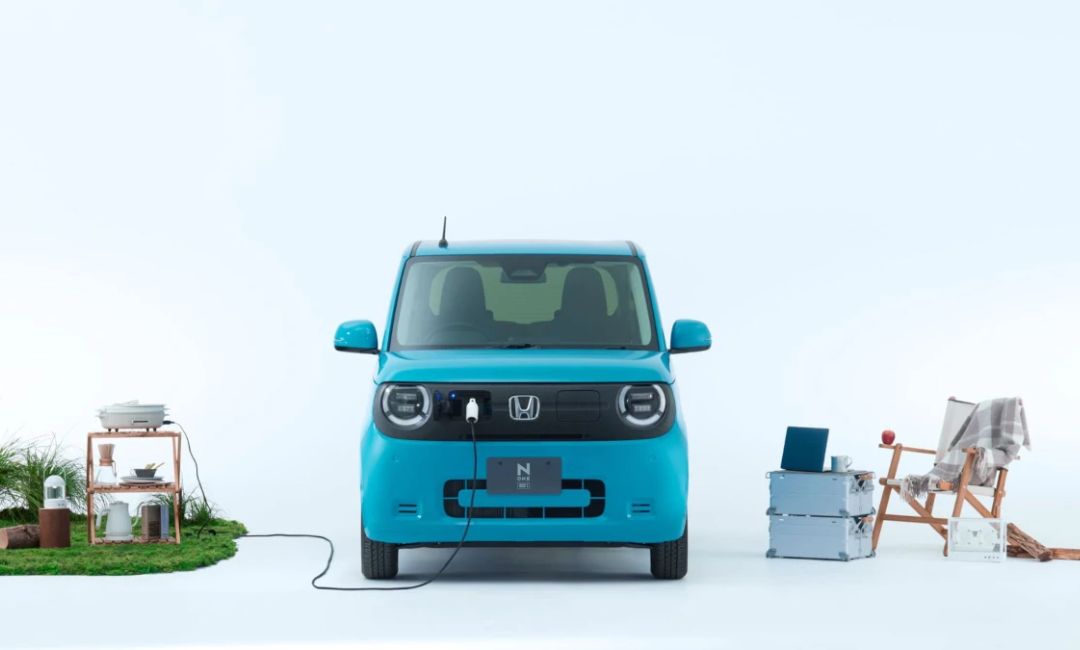
One of the standout features here is Vehicle-to-Load (V2L) functionality. With an adapter from Honda’s accessories line, owners can draw power from the car’s battery to run household devices, charge e-bikes, or keep laptops going during outages. It turns the N-One e: into more than just transportation—it’s a backup power source on wheels.
Simple Cabin, Smart Layout
Step inside and the N-One e: keeps things clean and functional. Honda’s usual design approach is clear here—minimalism without cutting too many corners. The dashboard includes a shelf just below the infotainment screen, which offers a convenient spot for a phone. Physical buttons remain for climate controls, and a rotary knob handles volume duties.
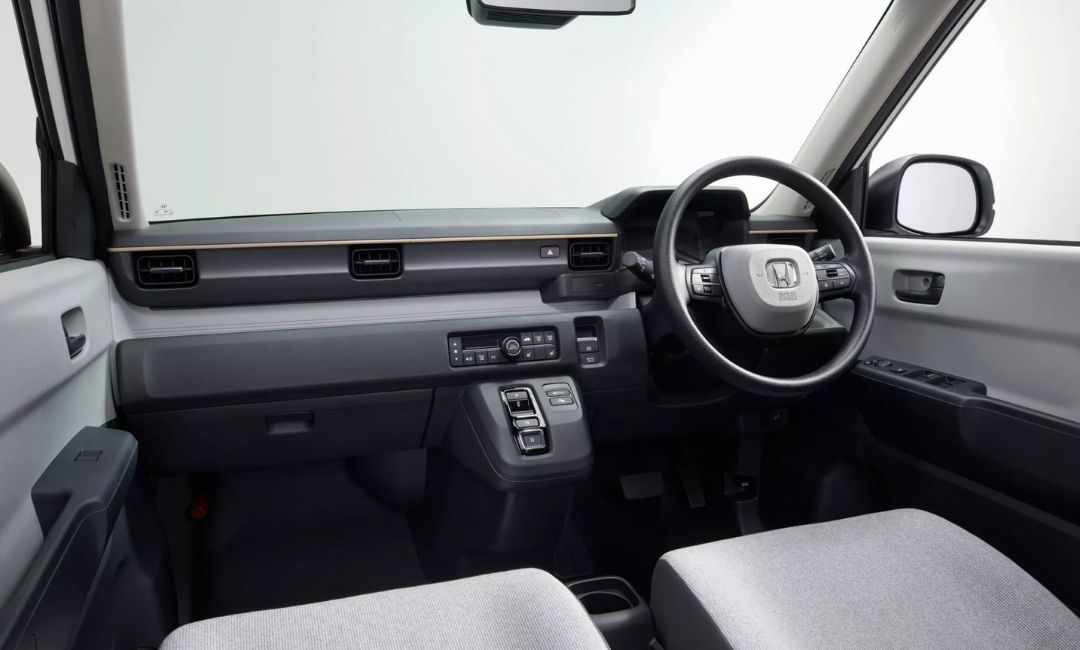
The gear selector uses Honda’s familiar push-button layout, and a single pedal drive mode can be toggled for easier stop-and-go driving. Rear seats fold flat in a 50:50 split, and thanks to the tall roofline, there’s decent headroom even in such a compact package. The only thing that felt missing was a touchscreen.
In 2025, it’s kind of expected, and even a basic display would’ve made the cabin feel more up-to-date.
How It Compares
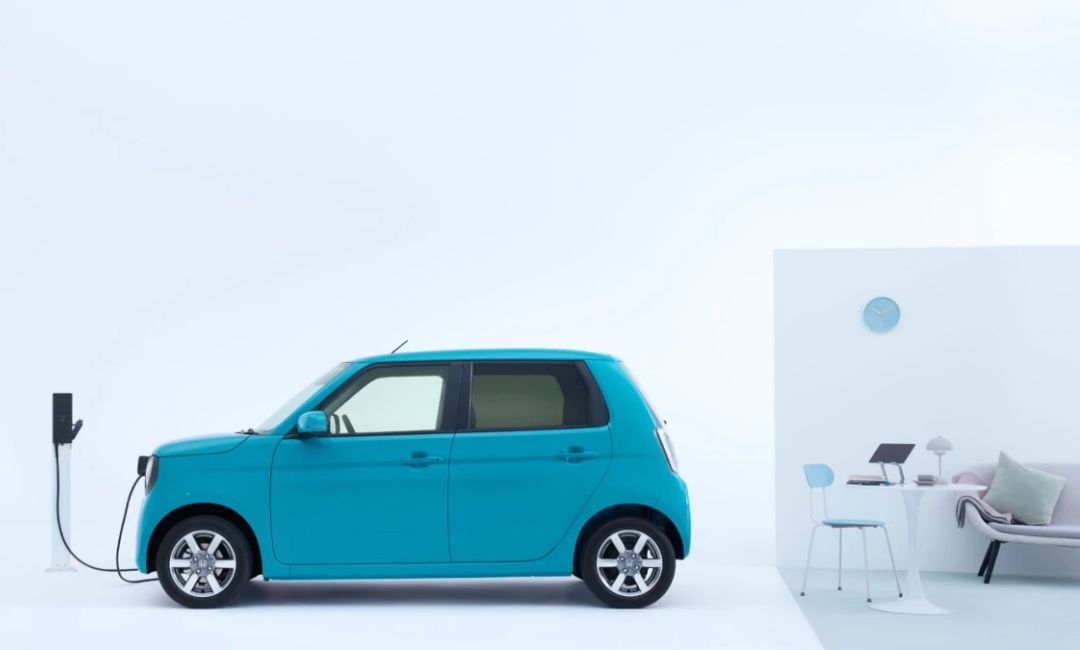
In Japan, the N-One e: lines up against compact EVs like the Daihatsu Move Canbus EV, Suzuki Wagon R Smile EV, and the better-known Nissan Sakura and Mitsubishi eK X EV — all of which offer around 180 km of range. That makes the Honda’s claimed 245 km range (WLTC) a noticeable upgrade in real-world usability.
Globally, few small EVs offer the same blend of packaging and practicality. Models like the Dacia Spring or Citroën Ami come close in price and footprint, but lack the V2L tech and interior versatility that Honda brings to the table.
Subtle Styling, Global Hints
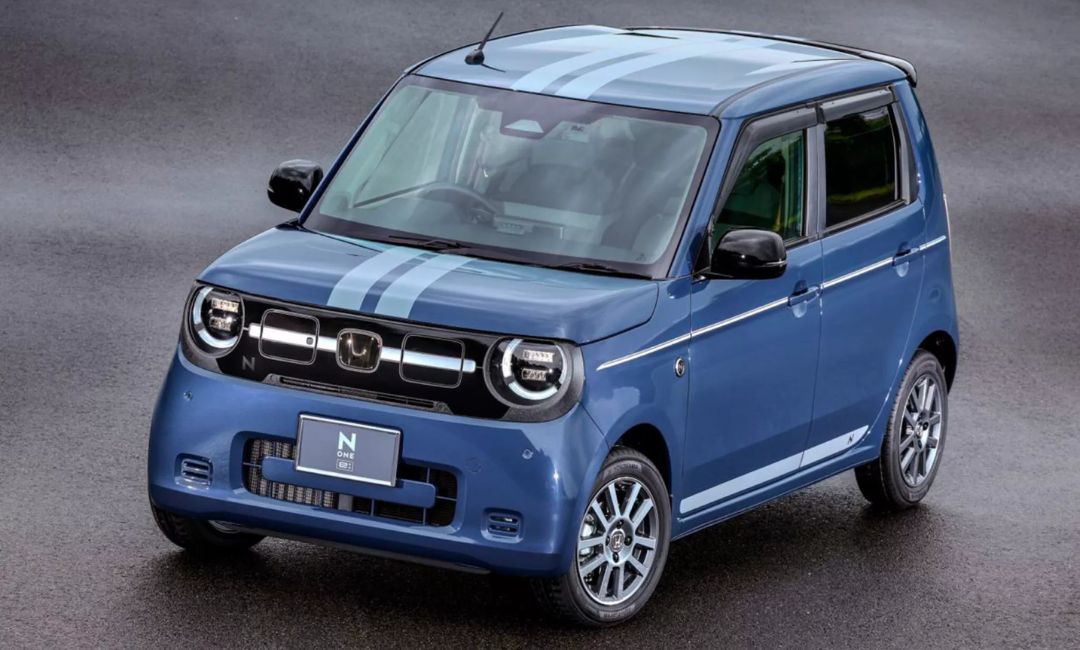
Visually, the N-One e: doesn’t stray far from the regular N-One, but small changes signal its electric identity. The grille has been replaced with a blacked-out panel housing two charging ports, the bumpers are smoothed out, and the taillights get clear lenses for a cleaner look. Honda also offers a few cosmetic upgrades, including racing stripes and a battery-level LED indicator on the dash.
Sales begin in Japan this September. Interestingly, a wider version of the N-One e: was recently shown at the Goodwood Festival of Speed, and it looked production-ready. If Honda pushes out a left-hand drive variant, this could be the brand’s first kei EV with serious export potential. Europe could be next.
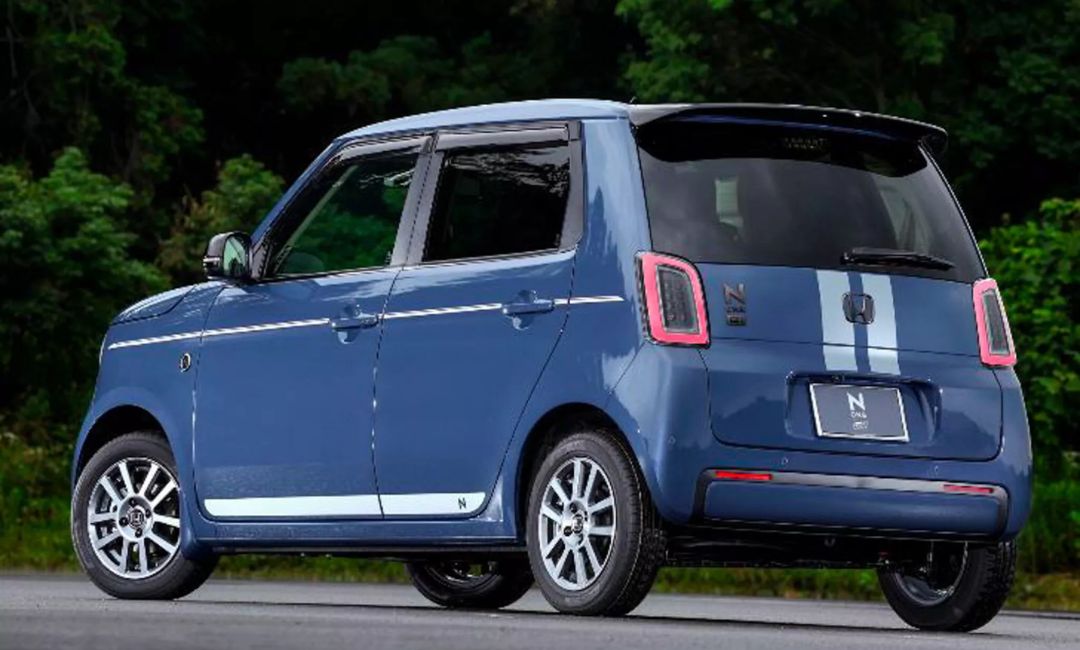
It might be built for narrow Japanese streets, but the N-One e: has the kind of smart packaging and tech that could win hearts far beyond them.
Read More:

